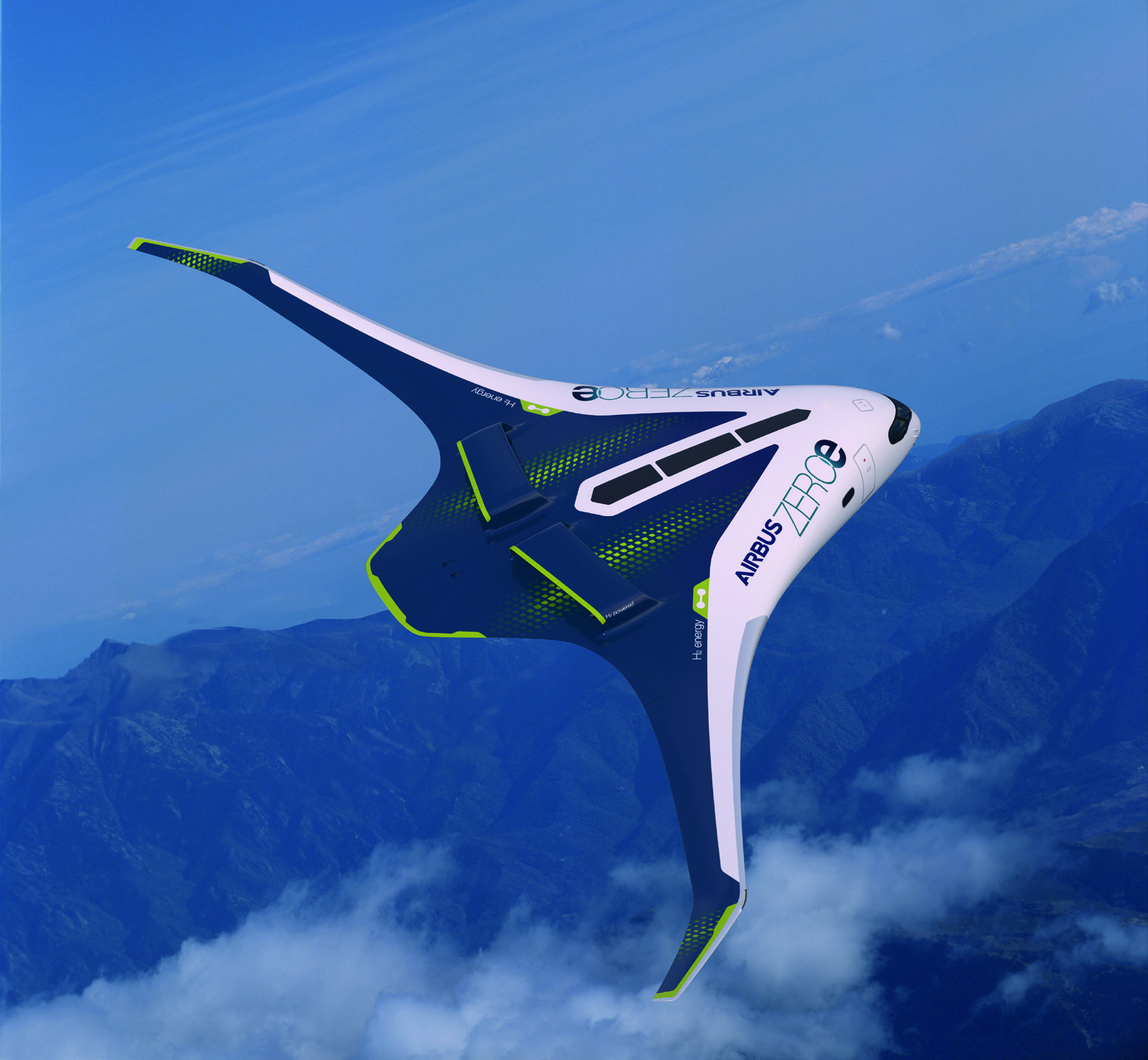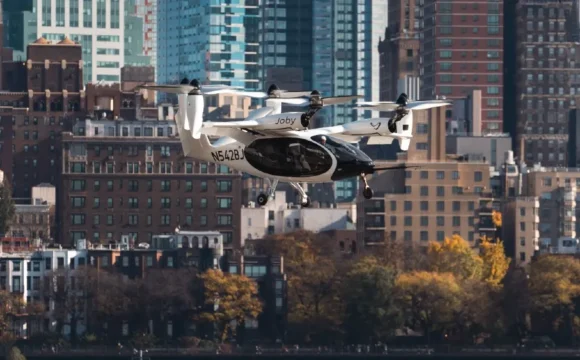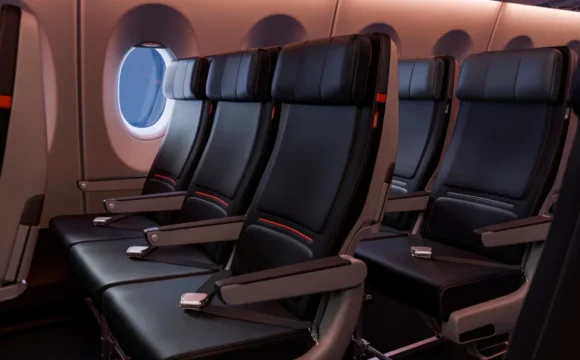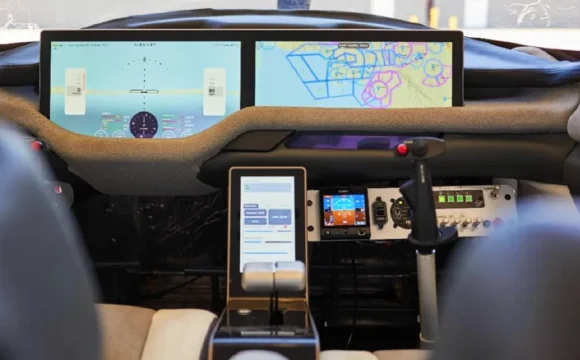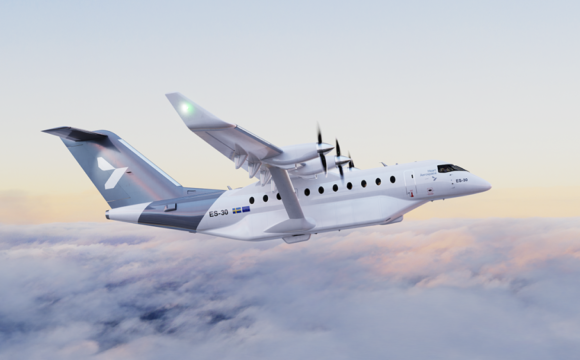100 ปีแรกของการออกแบบเครื่องบิน ไม่ได้มีอะไรหวือหวามากนัก ส่วนใหญ่เป็นแค่เครื่องบินท่อๆ ติดปีกเท่านั้น ต่อมา มีเครื่องบินรูปทรงบูมเมอแรงที่เรียกว่า “flying wings” อย่าง Northrop YB-49 และ Northrop Grumman B-2 Spirit ซึ่งมีรูปลักษณ์ล้ำยุค ดึงดูดความสนใจจากอุตสาหกรรมการบิน นอกจากนี้ เครื่องบินเจ็ททางทหารที่มีลักษณะปีกผสมแบบ BWB อย่าง B-1 Lancer และ Lockheed SR-71 Blackbird ก็ได้รับความนิยมเช่นกัน ด้วยรูปทรงที่แหวกแนวและความเร็วเหนือเสียง
แนวคิดเครื่องบิน BWB กลับมาอีกครั้ง โดยแก้ไขปัญหาการควบคุมและความเสถียรที่เคยมี ซึ่งจะช่วยเพิ่มประสิทธิภาพการใช้งานด้านกลาโหม การขนส่งสินค้า และแม้กระทั่งการโดยสารเชิงพาณิชย์ บางรุ่นยังออกแบบมาเป็นเครื่องบินเจ็ตสำหรับธุรกิจโดยเฉพาะ เพราะรูปทรง BWB ที่เพรียวลม ช่วยลดแรงต้าน ลดการใช้เชื้อเพลิง และลดการปล่อยคาร์บอน ซึ่งเป็นแรงผลักดันหลักของผู้ผลิตเครื่องบินที่ต้องการบรรลุเป้าหมายของอุตสาหกรรมการบินในการปล่อยคาร์บอนเป็นศูนย์ภายในปี 2050
EcoJet เครื่องต้นแบบ BWB ของ Bombardier ประสบความสำเร็จในการทดสอบเที่ยวบินครั้งแรกในปี 2017 และขณะนี้กำลังพัฒนาต้นแบบรุ่นที่สองที่มีขนาดใหญ่กว่า “เป้าหมายเบื้องต้นของเราคือการสร้างเครื่องบินที่ยั่งยืนยิ่งขึ้น โดยไม่ลดทอนประสบการณ์ที่ลูกค้าคาดหวังจากเครื่องบินเจ็ตสำหรับธุรกิจ” Stephen McCullough รองประธานอาวุโสฝ่ายวิศวกรรมและพัฒนาผลิตภัณฑ์ของ Bombardier กล่าว ซึ่งรวมถึงการรักษามาตรฐานด้านความเร็ว ระดับความสูง และปริมาตรภายในห้องโดยสาร ให้เทียบเท่าหรือดีกว่ารุ่นที่มีอยู่เดิม “รูปทรง BWB ตอบโจทย์ข้อกำหนดเหล่านั้นเป็นส่วนใหญ่” เขากล่าว โดยมีศักยภาพในการลดการปล่อยมลพิษลง 20% แม้จะมีข้อจำกัดด้านขนาดที่ต้องเหมาะกับการใช้งานที่สนามบิน แต่ McCullough มองในแง่ดี โดยชี้ให้เห็นว่าห้องโดยสารที่สูงและกว้างขึ้นของเครื่องบิน “เปิดโอกาสอันน่าตื่นเต้น" ให้กับนักออกแบบภายในของ Bombardier
นอกจากนี้แอร์บัส ยังใช้เวลานานหลายปีในการพัฒนาเครื่องบิน BWB เครื่องยนต์คู่ ที่เรียกว่า Maveric แต่ความคืบหน้าที่แท้จริงเกิดขึ้นเมื่อบริษัทเพิ่มเครื่องบินรุ่นนี้เข้าในโปรแกรม ZEROe ซึ่งเป็นแนวคิดเครื่องบินใช้พลังงานไฮโดรเจน เนื่องจากความจุโดยธรรมชาติที่มากกว่า ทำให้เหมาะกับการบรรทุกไฮโดรเจนมากกว่ารุ่นมาตรฐาน อย่างไรก็ตาม โฆษกประจำแอร์บัสกล่าวว่า Maveric ยังคงเป็นโครงสร้างต้นแบบ “ไม่ใช่สำหรับเครื่องบินไฮโดรเจนรุ่นแรกของเรา แต่สำหรับรุ่นต่อไป”
ในขณะเดียวกัน JetZero บริษัทในแคลิฟอร์เนีย กำลังเร่งสร้างเครื่องบินต้นแบบเพื่อเตรียมการทดสอบเที่ยวบินในปี 2027 และวางจำหน่ายในปี 2030 Tom O’Leary ซีอีโอและผู้ร่วมก่อตั้ง ผู้นำมากประสบการณ์ในแวดวงธุรกิจยานยนต์ไฟฟ้า (eVTOL) เขาได้รับแรงบันดาลใจจากการลงทุนหนึ่งพันล้านดอลลาร์ของ NASA ในการวิจัย BWB
Tom O’Leary ผู้ร่วมก่อตั้ง JetZero มองว่า “การออกแบบนี้โดดเด่นตรงที่แก้ปัญหาใหญ่ที่สุดของวงการการบิน คือ การลดต้นทุนและการเผาไหม้เชื้อเพลิง ลดการปล่อยมลพิษ เพิ่มประสบการณ์ของผู้โดยสาร และปรับปรุงประสิทธิภาพการดำเนินงาน" เครื่องบินได้รับทุนสนับสนุนจากกองทัพอากาศสหรัฐฯ 235 ล้านดอลลาร์ โดยจะถูกใช้ในกองทัพก่อนที่จะวางจำหน่ายสู่ภาคประชาชน O’Leary ยืนยันว่ากรอบเวลาที่รัดกุมสำหรับความพยายามของ JetZero นั้นเป็นไปตามความเป็นจริง เนื่องจาก “เทคโนโลยีโครงสร้างเครื่องบินนี้ได้รับการพัฒนามานานกว่า 30 ปี" เขากล่าว “และเราสามารถใช้ผลิตภัณฑ์ที่มีจำหน่ายในเชิงพาณิชย์สำหรับส่วนอื่นๆ ของเครื่องบินได้ รวมถึงเครื่องยนต์ ระบบการบิน (avionics) และระบบควบคุม (actuation systems)"
ปริมาณการใช้งานที่เพิ่มขึ้นของ BWB ทำให้เหมาะอย่างยิ่งสำหรับการขนส่งสินค้า ตัวอย่างเช่น Natilus บริษัทขนส่งสินค้าทางอากาศจากแคลิฟอร์เนีย Aleksey Matyushev ผู้ร่วมก่อตั้งกล่าวว่า Natilus มีใบสั่งซื้อมูลค่า 8.6 พันล้านดอลลาร์สำหรับเครื่องบินขนส่งสินค้าไร้คนขับรุ่นใหม่ จากลูกค้าอย่าง Ameriflight, Volatus Aerospace, Flexport, Astral Aviation และบริษัทอื่นๆ ซึ่งเครื่องบินรุ่นแรกคาดว่าจะเริ่มทดสอบการบินภายในสองปี
ความหวังอย่างหนึ่งคือ อุปสรรคมากมายในการพัฒนาเครื่องบิน BWB รุ่นใหม่เหล่านี้ อาจจะถูกเอาชนะด้วยแรงผลักดันที่แท้จริงจากวิศวกรรมและการลงทุน McCullough กล่าวว่า ปีที่แล้วกว่าหนึ่งในสามของงบประมาณด้านวิจัยและพัฒนาของ Bombardier ถูกนำไปใช้กับโครงการความยั่งยืน เช่น EcoJet และคาดว่าสัดส่วนจะเพิ่มขึ้นเป็น 50% ในปีหน้า “เป้าหมายการปล่อยก๊าซเรือนกระจกเป็นศูนย์ภายในปี 2050 กำลังผลักดันให้เราและทั้งอุตสาหกรรมการบิน มุ่งมั่นพัฒนานเทคโนโลยีไปสู่เป้าหมายนั้น"
บทความโดย Basem Wasef
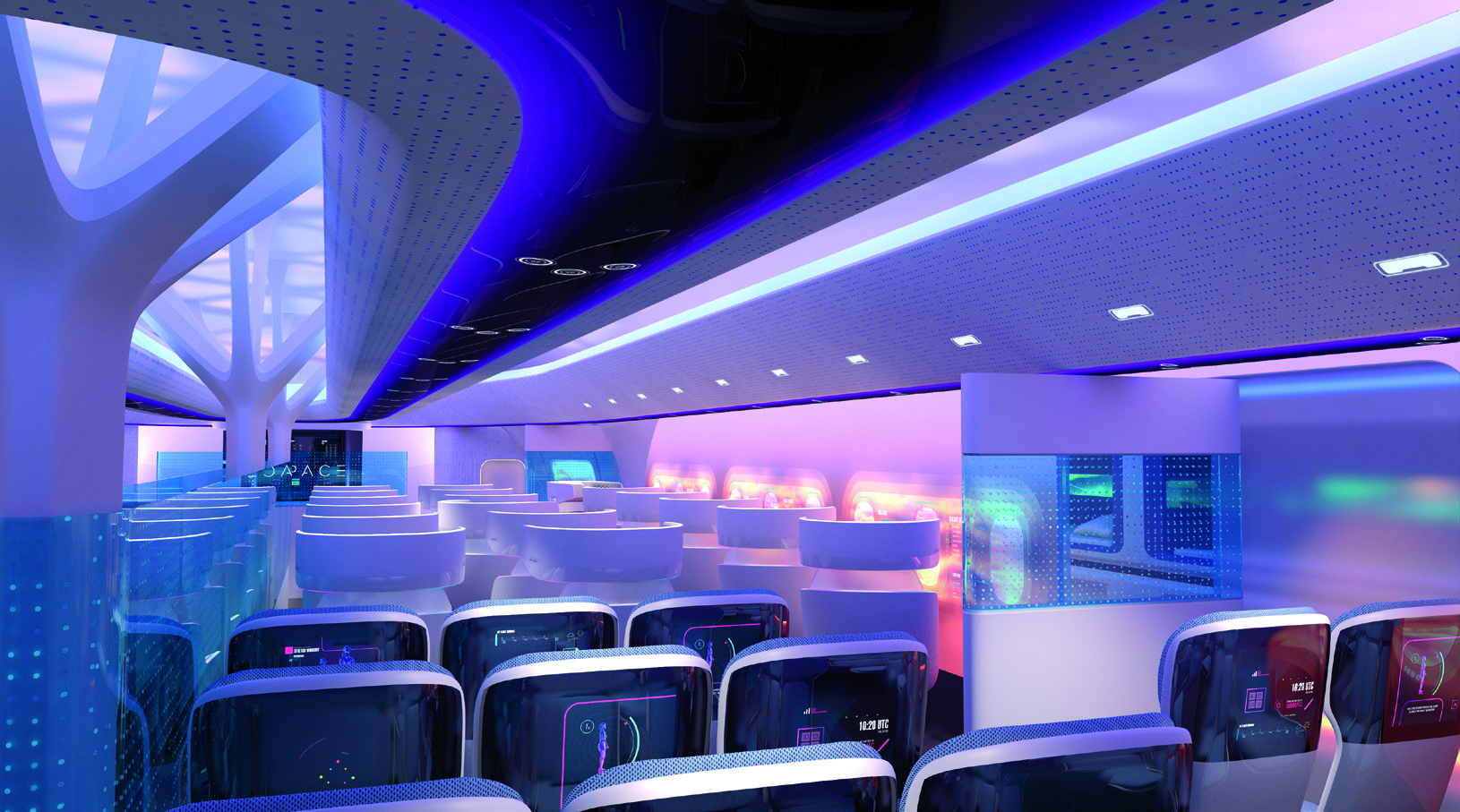
The first century of aviation design didn’t give trendspotters much to get excited about, with the vast majority of production aircraft remaining little more than tubes with wings attached. Later, boomerang-shaped outliers known as “flying wings," such the Northrop YB-49 and Northrop Grumman B-2 Spirit, captured the aeronautical industry’s imagination with their futuristically stealthy looks, while military jets with blended-wing-body (BWB) configurations—notably the B-1 Lancer and the Lockheed SR-71 Blackbird— likewise built cult followings for breaking design barriers as well as sonic ones.
A resurgence of BWB concepts, now addressing prior control and stability issues, promises more efficient operation for defense, cargo, and even commercial-passenger applications, with some specifically designed as business jets. The streamlined BWB shape reduces drag, thereby increasing fuel efficiency, and lowers carbon output—the last being the main impetus for aircraft manufacturers trying to meet the industry’s widespread pledge to be carbon neutral by 2050.
EcoJet, Bombardier’s BWB concept, passed its first scaled-demonstrator flight tests in 2017 and is now starting the second generation with a larger prototype. “Our original idea was to create a more sustainable aircraft without compromising what our customers expect in a business jet," says Stephen McCullough, Bombardier’s senior VP of engineering and product development. That includes hitting benchmarks for speed, altitude, and interior volume that offer at least the same experience as its existing fleet. “The blended-wing-body ticks the majority of those boxes," he says, while potentially reducing emissions by 20 percent. One challenge with the form is maintaining the plane’s airport-friendly footprint, though McCullough focuses on the positive, noting that the aircraft’s taller, wider cabin “opens up a lot of exciting opportunities" for Bombardier’s interior designers.
Airbus has also spent years developing a twin-engine BWB model it calls Maveric, but real progress came when the manufacturer added the aircraft to its hydrogen-powered ZEROe concepts program, as its larger inherent capacity makes it better for carrying hydrogen than a standard design. A spokesperson for Airbus noted, though, that Maveric remains a construct “not for our first generation of hydrogen aircraft, but for the following ones."
By contrast, California-based JetZero is fast-tracking a demonstrator to be ready for flight tests in 2027 and market entry in 2030. CEO and co-founder Tom O’Leary is no stranger to disruptive ventures, having worked at Tesla and eVTOL maker Beta Technologies, and the entrepreneur in him was inspired by NASA’s billion-dollar investment in BWB research.
“This design jumped out at me as addressing the biggest challenges aviation has: lowering cost and fuel burn, lowering emissions, improving the passenger experience, and enhancing operational efficiency," he says. The aircraft is being funded by a $235 million grant from the U.S. Air Force, where it will initially be conscripted before entering the public sector. O’Leary insists that the tight timeline for JetZero’s efforts are realistic. “This airframe technology has been worked on for 30-plus years," he says, “and we can use commercially available products for the rest of the plane, including engines, avionics, and actuation systems."
The BWB’s increased usable volume makes it especially suited to utility transport, as evidenced by California air freight specialist Natilus. According to its cofounder, Aleksey Matyushev, Natilus has $8.6 billion in orders for its nascent fleet of autonomous cargo planes from Ameriflight, Volatus Aerospace, Flexport, Astral Aviation, and other clients, the first of which should see initial flight testing in approximately two years.
One hope seems to be that the many challenges of developing clean-sheet BWB aircraft might be overcome by the sheer momentum of engineering and investment. McCullough notes that more than a third of Bombardier’s R&D dollars were funneled last year into sustainability projects such as the EcoJet, with the percentage expected to rise to 50 percent by next year. “The 2050 commitment is driving our innovation efforts, as well as the rest of the industry, towards that goal."
The article by Basem Wasef

